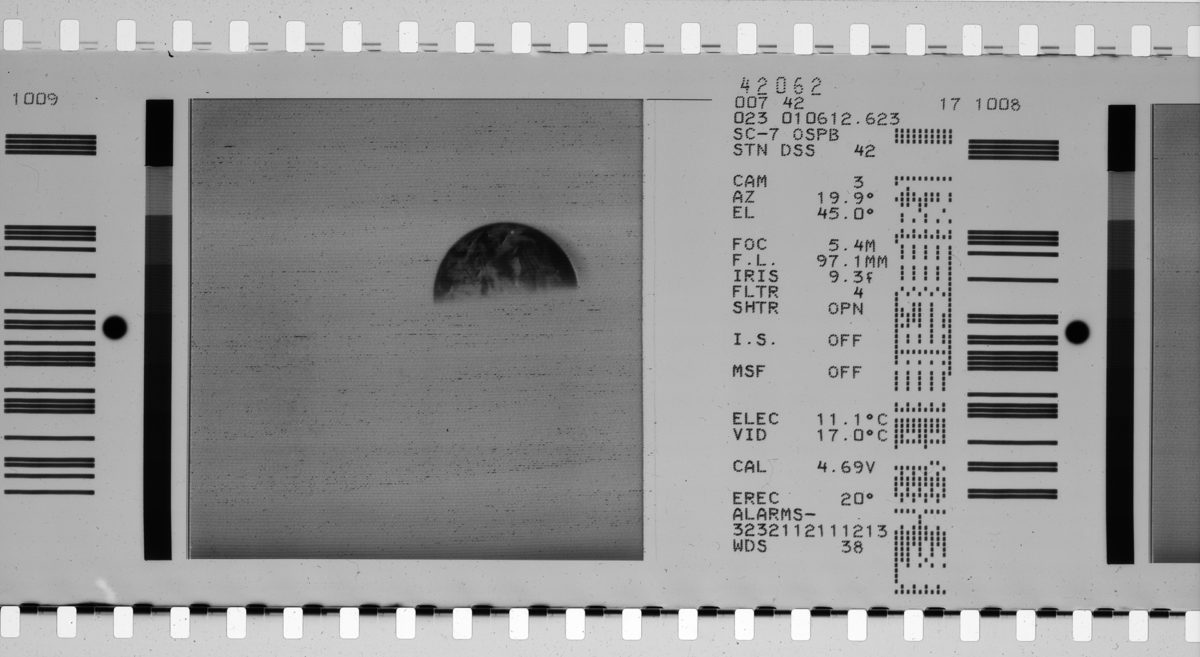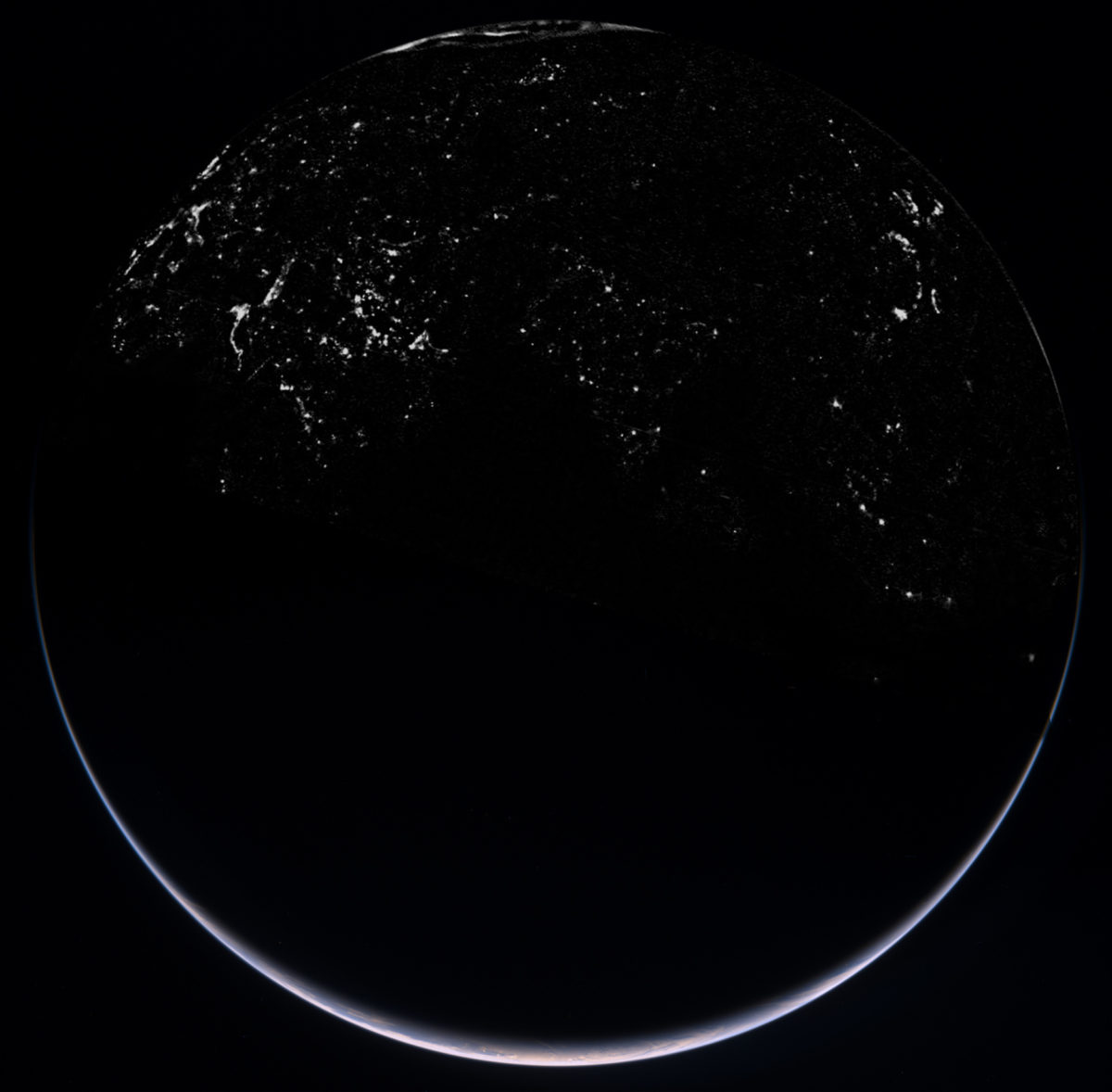Pictures of Earth
Pointing a Celestial Mirror at a Pivotal Time in History
Note from the editors: The content on this page is a digital mirror of our quarterly print magazine, The Planetary Report. Our print content must be finalized roughly 2 months in advance, so you'll read references to the ongoing COVID-19 pandemic describing it as a singular moment in history and an opportunity to reflect on our commitment to take care of each other and the Earth.
Since then, a movement to eliminate systemic racism has swept the globe. We here at The Planetary Society recognize we must do more to support Black people, including Black people who love space. You can read our initial response and commitment to work against racism here.
While some of the sentiments we expressed in this issue could also be applied to the fight against racism, they were not intended as such. Inspirational words and images alone will not undo the fundamental societal disparities that plague our planet.
The Planetary Society's goal is to make space for everyone. We can only do that by becoming an organization that actively opposes racism. Let's get to work.
Until the advent of spaceflight, we humans could only imagine what our planet looked like from space. Ever since we started sending robotic probes and humans into the cosmos, we’ve had a natural inclination to turn the camera back on ourselves to see our fragile world hanging in the blackness of space. As a result, some of the most memorable images in the history of spaceflight are of Earth.
During this singular moment in history as the entire world responds to the COVID-19 pandemic, we thought it would be appropriate to share some of our favorite pictures of Earth from space. Seeing our entire planet occupy just a few inches of page space gives us a sobering reminder of our commitment to take care of each other and Earth—the only home we’ve ever known.
See more pictures of Earth from space at planetary.org/picsofearth.
In Space Together
Apollo 13 astronauts captured this photo of Earth in April 1970. Fifty-six hours into the mission, an explosion forced the crew to abort their landing and take shelter in the Lunar Module. The crew ultimately returned to Earth safely, and the mission became known as NASA’s “successful failure.”








Support our core enterprises
Your support powers our mission to explore worlds, find life, and defend Earth. You make all the difference when you make a gift. Give today!
DonateThe Planetary Report • June Solstice
Help advance space science and exploration! Become a member of The Planetary Society and you'll receive the full PDF and print versions of The Planetary Report.


 Explore Worlds
Explore Worlds Find Life
Find Life Defend Earth
Defend Earth



